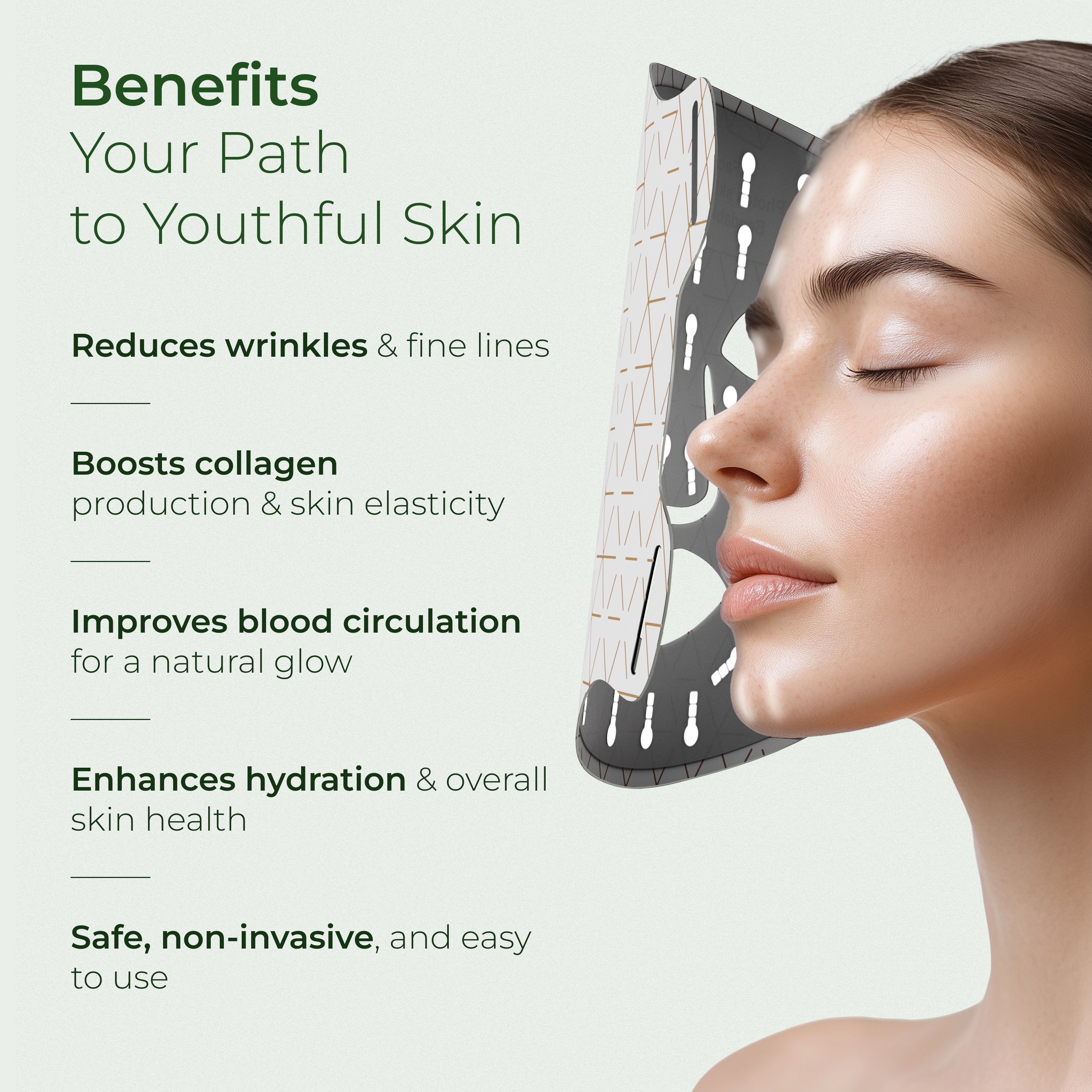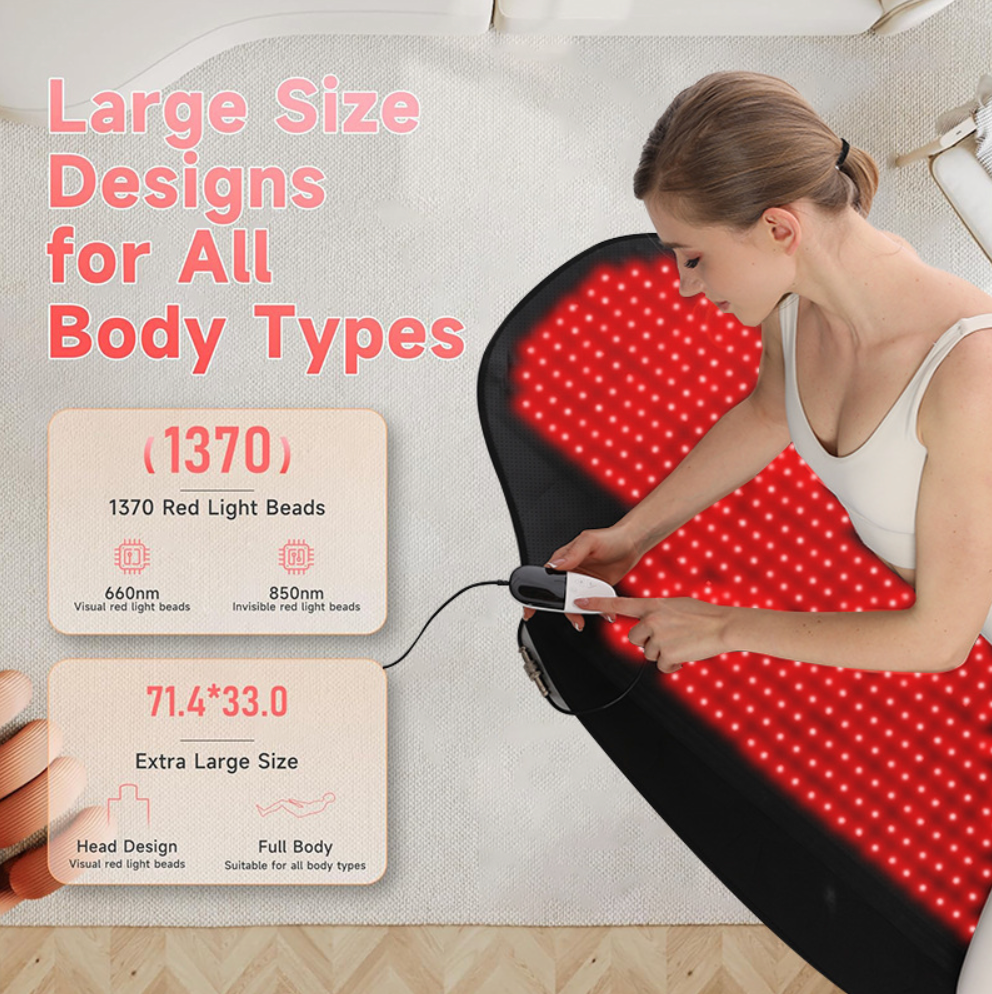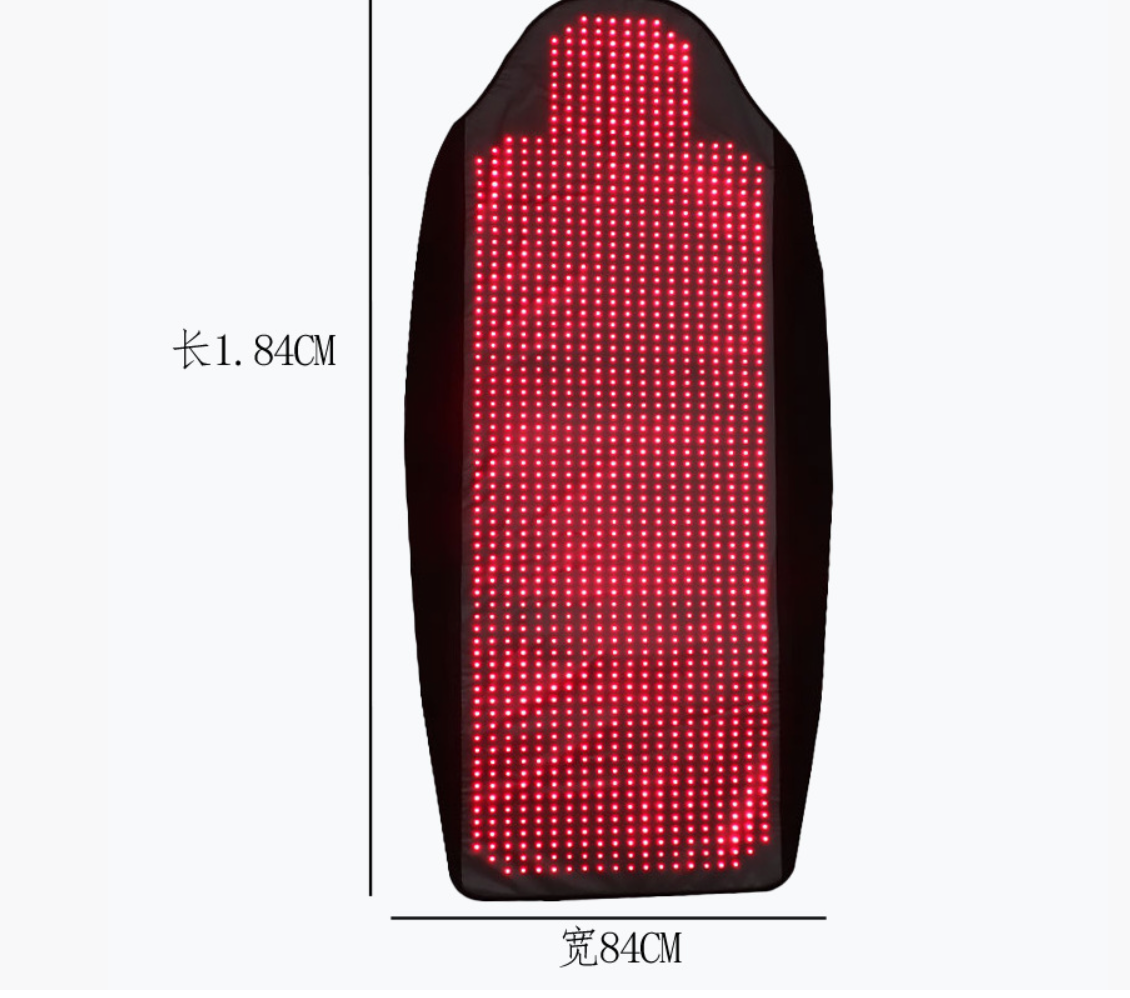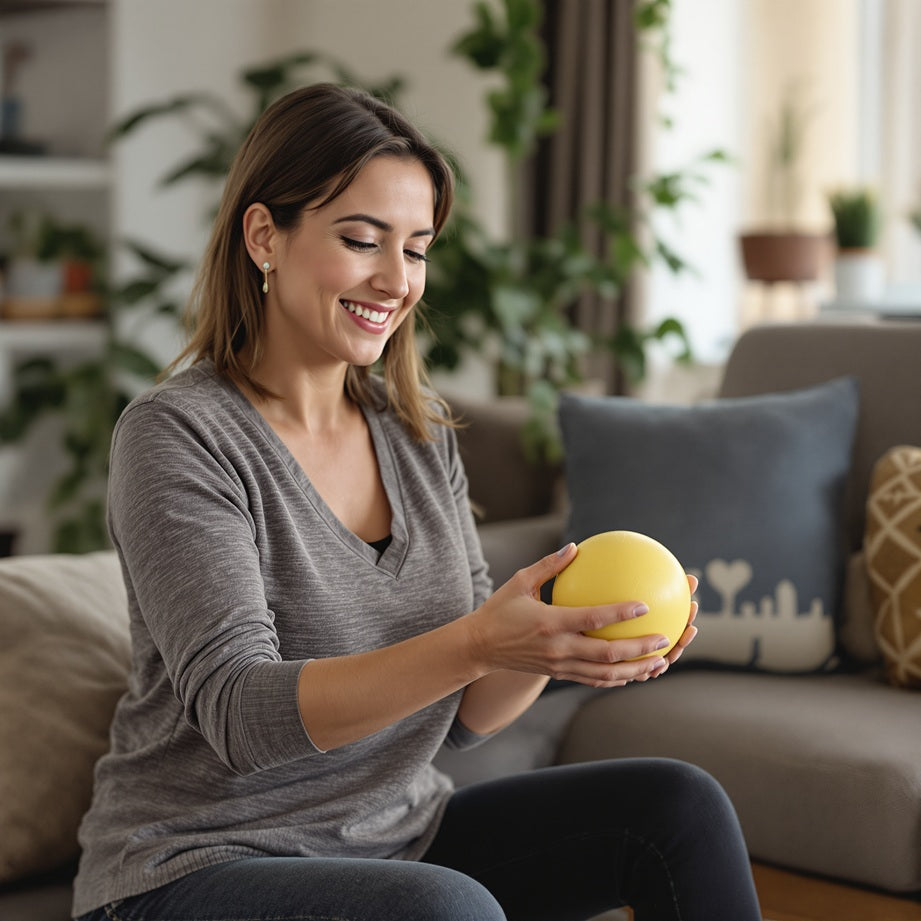What Are Hand Physiotherapy Balls?
Benefits and Uses
Who Can Benefit?
Comprehensive Analysis of Hand Physiotherapy Balls in Physiotherapy
Introduction and Relevance
Defining Hand Physiotherapy Balls
The types of hand therapy balls include:
- Squeeze balls - soft, squishy balls for improving grip strength and reducing hand stiffness.
- Baoding balls - two metal balls rolled in the hand, enhancing dexterity and finger coordination.
- Therapy balls with resistance - vary in firmness, supporting progressive hand muscle training.
- Stress balls - primarily for stress relief, but also useful for light hand exercises, especially for stress balls for adult.
Benefits and Scientific Backing
- Improving grip strength - regular squeezing exercises can enhance the muscles in the hands and forearms, crucial for daily activities like opening jars or holding objects. This is especially beneficial for elderly stroke arthritis physical therapy, aiding in stroke recovery.
- Aiding in hand rehabilitation - post-injury or surgery, these balls help regain movement and strength, supporting patient recovery elderly stroke arthritis scenarios.
- Managing arthritis symptoms - for those with arthritis, gentle exercises can reduce joint pain and stiffness, with balls for arthritis providing a low-impact way to maintain flexibility.
- Enhancing circulation - the squeeze and release action stimulates blood flow, promoting hand health and potentially relieving joint pain.
- Stress relief - the repetitive motion of squeezing can reduce stress and anxiety, making therapy balls stress relief tools, particularly useful as stress relief balls set for adults in high-pressure environments.
An interesting detail is their dual purpose: while primarily therapeutic, they also serve as stress relief hand tools, offering mental health benefits alongside physical improvements. This is particularly relevant for office workers or individuals with desk jobs, where hand stiffness from repetitive tasks can be mitigated through regular use.
Practical Application: How to Use Hand Therapy Balls
- Squeeze and Release - hold the hand therapy ball in your hand and squeeze it for 5-10 seconds. Release and relax your hand, then repeat 10-15 times. This exercise squeeze is ideal for improving grip strength and can be done with a squeeze ball for hand therapy.
- Hold the hand therapy ball in your hand and squeeze it for 5-10 seconds. Release and relax your hand, then repeat 10-15 times. This exercise squeeze is ideal for improving grip strength and can be done with a squeeze ball for hand therapy.
- Finger Isolation - place the ball in your palm and press it with each finger individually. This targets ball finger strength, enhancing finger exercise capabilities.
- Thumb Opposition - hold the ball between your thumb and each finger, squeezing to strengthen thumb muscles, useful as a finger strengthener ball.
- Wrist Rotation - while holding the ball, rotate your wrist in circles to improve flexibility, supporting hand grip strengthening.
Frequency and duration depend on individual needs, but starting with 10-15 minutes daily, using a ball for adults with appropriate resistance, can yield results. For those with 3 resistance levels physical therapy hand exercise, progressing from soft to firm can ensure continuous improvement.
Target Audience and Suitability
- Recovery from injuries - those with hand injuries or post-surgical needs can use them for hand rehabilitation, supported by research on levels physical therapy hand exercise.
- Elderly individuals - maintaining hand strength and flexibility is crucial, with therapy balls aiding in patient recovery elderly stroke arthritis physical therapy.
- Arthritis patients - balls for arthritis help manage symptoms, reducing stiffness and joint pain, as noted in Hand exercises for people with arthritis
- Athletes - improving grip strength enhances performance in sports, using a hand grip strengthener finger exerciser training ball.
- Office workers - preventing hand stiffness from repetitive tasks, therapy balls stress relief can be integrated into daily routines.
Precautions and Considerations
- Avoid use during acute pain or inflammation, as advised by therapists, especially for conditions like wrist muscles arthritis hand grip strength.
- Post-surgery, use only under professional guidance to prevent further damage, ensuring alignment with resistance levels physical therapy hand protocols.
- Start with a ball matching your strength, such as a silicone hand therapy ball, to avoid strain, particularly for muscles arthritis hand grip strength trainer exercises.
Comparative Analysis: Types and Their Uses
|
Type of Ball
|
Description
|
Primary Use
|
|
Squeeze Ball
|
Soft, squishy ball
|
Improving grip strength, reducing stiffness
|
|
Baoding Ball
|
Two metal balls for rolling in hand
|
Enhancing dexterity and fine motor skills
|
|
Resistance Ball
|
Varies in resistance levels
|
Progressive strengthening of hand muscles
|
|
Stress Ball
|
Often used for stress relief
|
Dual purpose: stress relief and light exercise
|
Conclusion and Call to Action
Key Points
- Research suggests hand physiotherapy balls, also called therapy balls, are useful for improving hand strength and flexibility.
- They seem likely to help with rehabilitation, arthritis management, and stress relief, though benefits can vary by individual.
- The evidence leans toward their effectiveness in enhancing grip strength and reducing hand stiffness, especially for older adults and those recovering from injuries.












Leave a comment
This site is protected by hCaptcha and the hCaptcha Privacy Policy and Terms of Service apply.